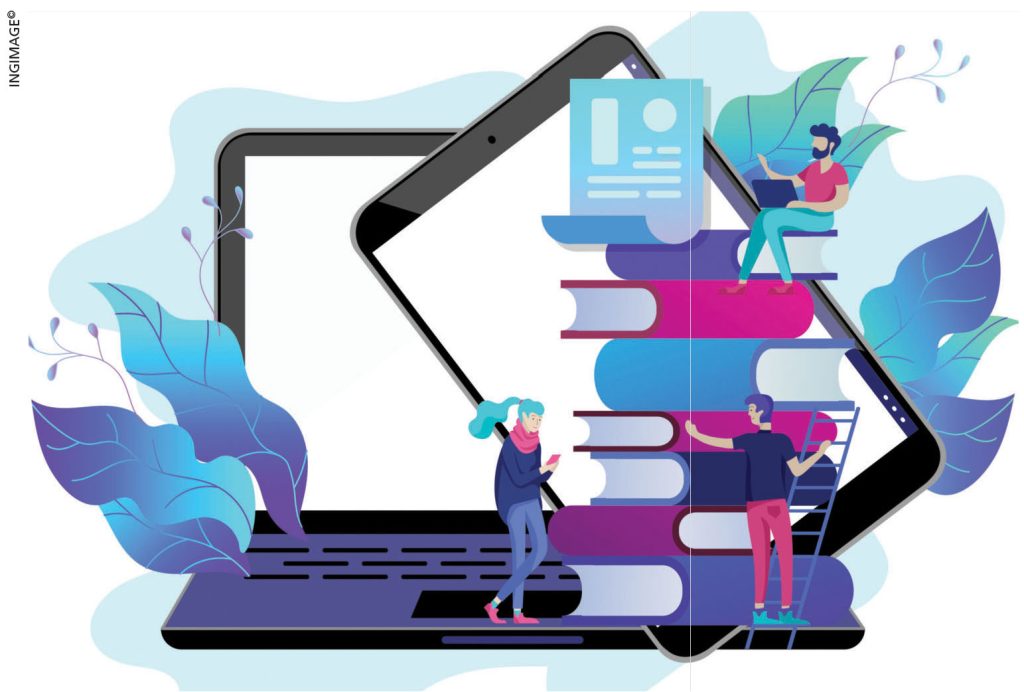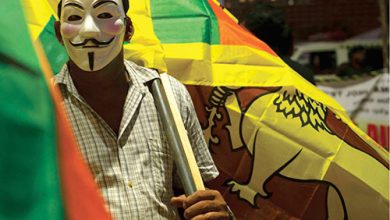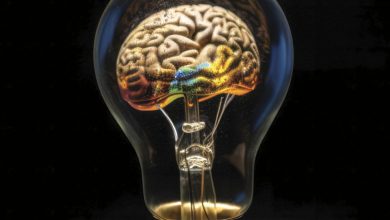THE LEARNING CURVE
OBSERVATION IS EDUCATIONAL
Ruwandi Perera deliberates on the pros and cons of learning from others

As social creatures, humans thrive on their relationships with others. Being a member of a social group is one of the characteristics that have enabled us to be where we are today – in terms of our (self-proclaimed) dominance over other creatures.
Yes, together we can do so much!
One of the biggest advantages of being a social animal is the gamut of knowledge we are exposed to in such circles.
If we take the example of a baby, a large part of its learning occurs through imitation. The baby imitates its parents, siblings and those (including pets) around it – in terms of actions, sounds and behaviour.
Whether we like to admit it or not, even as adults we learn from others by observing them carefully. This is known as ‘social learning’ – a concept that was made famous by Canadian-American psychologist Albert Bandura.
We learn about another’s behaviour socially through imitation, motivation or simple curiosity.
So whom do we learn from?
Anyone – including fictional characters in books or movies.
And what do we learn?
We can learn anything that ranges from behaviour and attitudes to everything in between.
Also known as observational learning, social learning is said to be one of the most effective forms of learning.
Let’s take the simple example of people who don’t know how to eat with chopsticks. They might observe someone they see at a restaurant or check out a video on how to use chopsticks on YouTube or TikTok.
They will observe what the other person is doing, take in verbal or nonverbal instructions, use the actions as a guide to practise and retain that information in their memory.
Social learning is effective because it doesn’t require formal training, and is applicable and accessible in various situations. That’s why we have model students in classrooms, mentors in offices and role models in society, and others are encouraged to imitate these people.
In addition, social learning is a cost-effective and almost risk-free learning technique since more often than not, we can imitate others’ actions that create positive results and avoid learning the hard way. It’s an easy way to promote best practices.
Nevertheless, social learning is not all roses and unicorns because it can also be looked at through the perspective of ‘monkey see, monkey do.’ This is when we might replicate behaviour without really knowing the underlying reasons behind it.
Think of traditions. How many cultural, social or even family related traditions do we follow almost religiously and with great pride without really knowing why we do it?
For instance, there are still some households in Sri Lanka that refrain from trimming their nails after dark, claiming that it brings bad luck.
However, the real reason is that in the old days, when homes didn’t have electricity, visibility was low after sunset and you could hurt yourself while trimming your nails. Moreover, people probably used more dangerous tools than the polished manicure kits we rely on today.
Another downside of social learning is that we can learn negative behaviours and attitudes from others, depending on how their credibility and social standing is perceived. Not to shun anyone, but many of us believe that today’s society is influenced in both good and dubious ways – thanks to the ease with which we can share information via social media.
Imitation of all kinds is taking over TikTok, Instagram and other platforms – and not all of them are worth copying.
So do we opt not to embrace social learning?
Certainly not!
Social learning is beneficial as long as we’re equipped with the skill sets needed to engage with it. This shouldn’t simply be about observing and absorbing the conduct of others; it must also include critical thinking about the applicability, context and simple good versus bad of behaviour before seeking to emulate it.
Social learning won’t and shouldn’t be eradicated because it is what makes the human race thrive. Yet, in today’s knowledge filled world, we shouldn’t be overly concerned about acquiring knowledge; instead, the focus should be on how we should go about gathering it.
That’s perhaps what social learning should be about.
So it’s about monkey see, monkey think… and then do or don’t do it!






